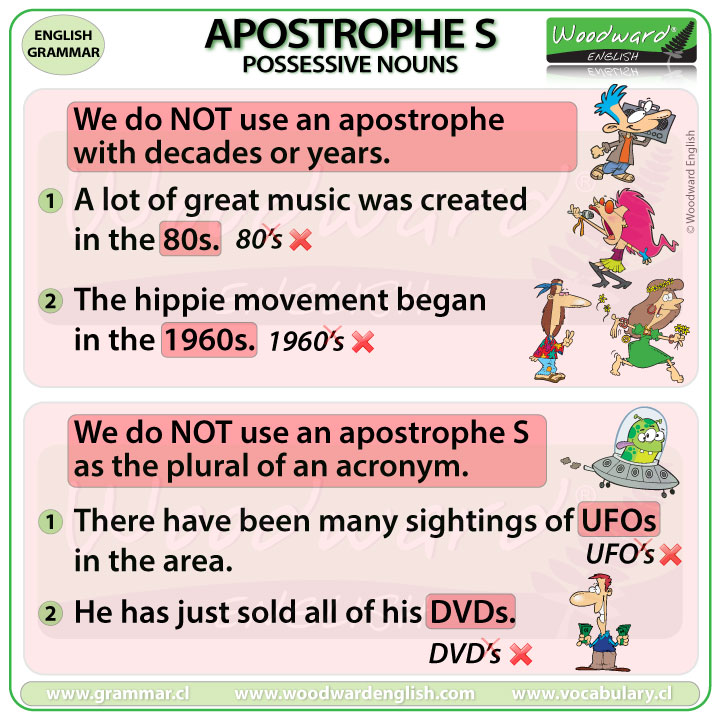Familys Possessive

Mastering the Family’s Possessive Form: A Comprehensive Guide
Understanding the nuances of the English language can be a challenge, especially when it comes to possessive forms. The word “family” is no different, as it can take various forms depending on the context, such as “family’s” for singular possessive and “families'” for plural possessive. This article will delve into the rules and examples to help you confidently use the possessive form of “family,” enhancing both your writing skills and your understanding of English grammar.
What is the Possessive Form?
The possessive form is used to denote ownership or association. In English, it is commonly formed by adding an apostrophe and “s” (‘s) to a singular noun, or just an apostrophe to a plural noun that already ends in “s.”

Singular Possessive: Using Family’s

- **Definition**: Indicates that something belongs to one family.
- **Examples**:
- The **family's** schedule is packed with activities.
- Every **family's** traditions differ during the holidays.
Plural Possessive: Using Families’

- **Definition**: Denotes ownership by more than one family.
- **Examples**:
- The park is crowded with **families'** picnics on sunny days.
- The neighborhood's annual garage sale displays many **families'** treasures.
How to Pluralize “Family”

Families: The Plural Form
When referring to more than one family unit, “family” transforms into “families.” Here’s how you make the switch:
- Singular: family
- Plural: families
Note: This is only to express more than one family and does not show possession.

When to Use “Family’s” vs. “Families'”
Choosing the correct form is crucial for clear communication. “Family’s” should be used when one family owns or is associated with something. Contrastingly, “families'” is to be used when you’re speaking about multiple families owning or being associated with something.
Examples of “Family’s”
- The family’s new pet seemed happy in its new home.
- Every family’s budget varies broadly.
Examples of “Families'”
The Pros And Cons Of Technology In The Classroom
- The community center offered a dance class for all the local families’ children.
- This year’s fundraiser exceeded all the families’ expectations.
Common Mistakes and How to Avoid Them
Avoid Confusing Plural and Possessive Forms
Remember, adding an “s” makes a noun plural, while an apostrophe followed by an “s” (or just an apostrophe for plural nouns ending in s) shows possession.
Correct: The families’ vacations took them all over the globe.
Incorrect: The familys’ vacations took them all over the globe. (Incorrect use of apostrophe and misspelling.)
Pronouns: The Exception to the Rule
Pronouns that show possession do not require an apostrophe. For example:
- Correct: Their family has a tradition of Sunday dinners.
- Incorrect: Their’s family has a tradition of Sunday dinners.
A Quick Reference Table for “Family’s” and “Families'”
| Form | When to Use | Example |
|---|---|---|
| Family’s | Singular possessive | The family’s meal was delicious. |
| Families | Plural non-possessive | All the families met at the park. |
| Families’ | Plural possessive | The families’ vacation plans were discussed at the meeting. |
Conclusion: Consistency is Key
Navigating the possessive forms in English takes practice, but remembering the rules and their applications is invaluable. Whether referring to one family or multiple families, using the correct possessive form showcases precision and care in your writing. Keep this guide handy and let the clarity of your prose impress readers with every use of the family’s possessive form.






